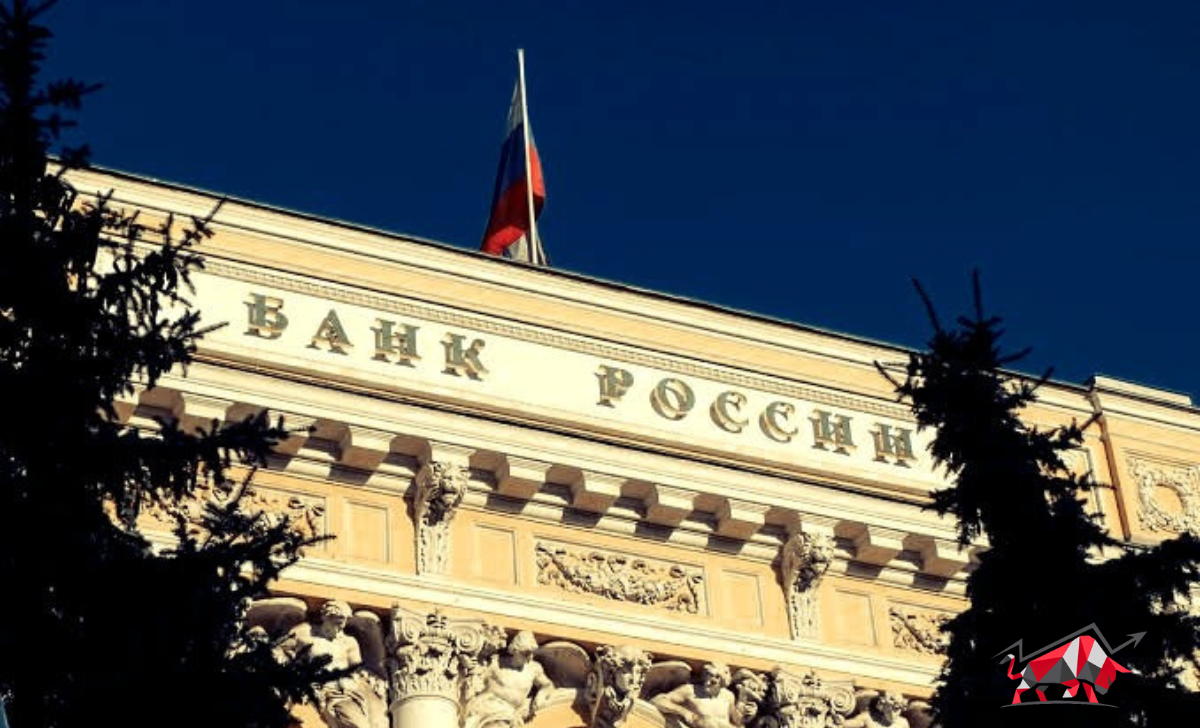The Bank of Russia is eyeing 2025 as the year when the digital ruble, the nation’s central bank digital currency (CBDC), could become widely embraced across the country.
Olga Skorobogatova, the first deputy governor of the Bank of Russia, emphasized the digital ruble’s role as an additional payment method to coexist alongside existing options like the Faster Payments System, Mir payment cards, QR code/NFC payments, biometrics-based payments, and cash.
Bank of Russia Digital Ruble’s Role in State Payments
The potential for citizens to receive state payments exclusively through the digital ruble, akin to the state-controlled Mir payment system, has raised questions. Introduced in 2014, Mir aimed to mitigate concerns about potential US and European sanctions.
Despite these considerations, the Bank of Russia is adamant that the digital ruble will not replace physical cash but will exist in tandem with it. However, China, a close ally of Russia, has already initiated payments to civil servants using the digital yuan, promoting the adoption of the state-controlled currency.
Looking beyond its borders, the Bank of Russia has ambitious plans to forge agreements with China, India, and the UAE to interconnect their payment systems. This move would allow Russians to utilize the digital ruble for international transactions. While this initiative may not significantly alter Russia’s geopolitical standing, officials have stressed that CBDC trials are feasible only with technologically capable and friendly nations.
Crucially, the Bank of Russia has clarified that the digital ruble is unrelated to the state’s biometric data collection efforts. Approximately a month ago, the bank commenced CBDC trials in 11 cities across Russia.
Concerns About Biometric Data Collection and Scams
In contrast, Russian lawmakers passed a law in the previous year permitting banks and state agencies to collect biometric data, including facial scans and fingerprints, from their clients. This initiative led to the development of the Unified Biometric System (UBS), designed to serve as a national digital remote identification platform for both the Kremlin and banks.
However, these two distinct projects have become entangled in the eyes of some observers, resulting in an uptick in digital ruble and biometrics-related scams. Reports indicate that fraudsters have been contacting individuals across various regions, urging them to provide biometric data to convert their cash ruble savings into CBDC tokens.


